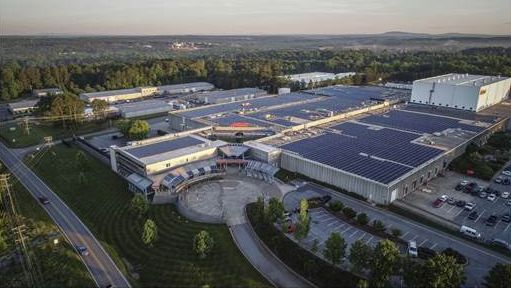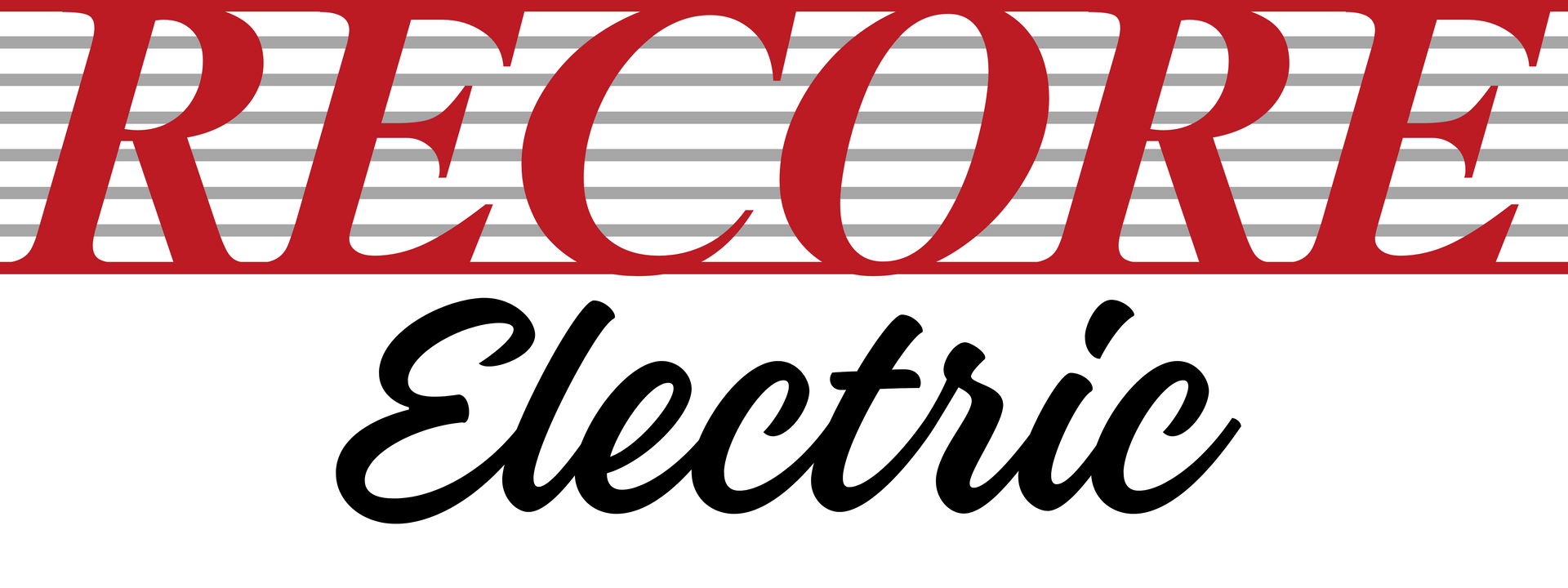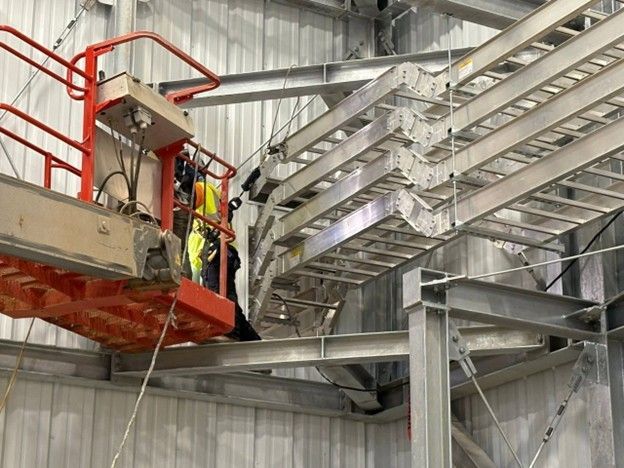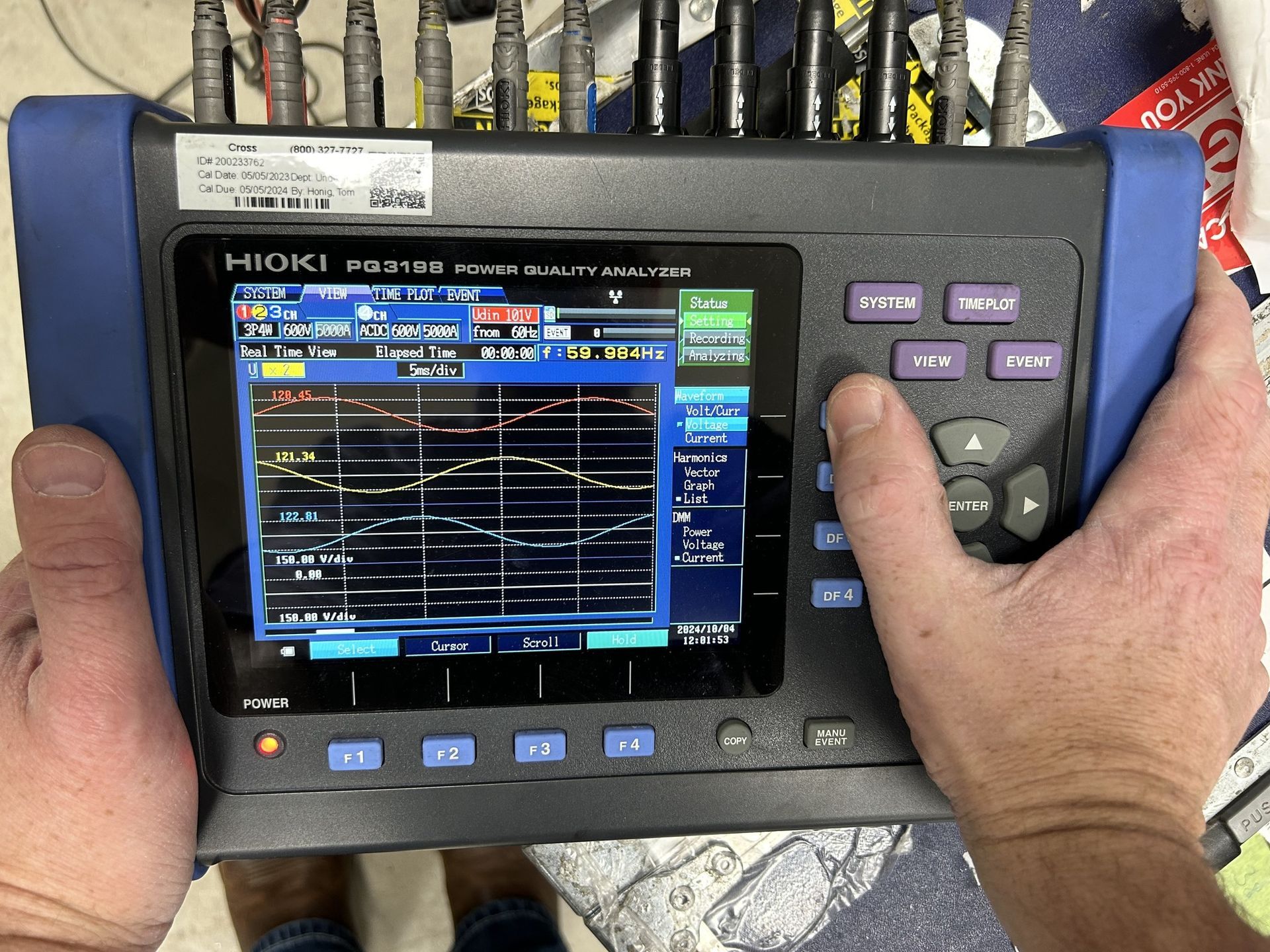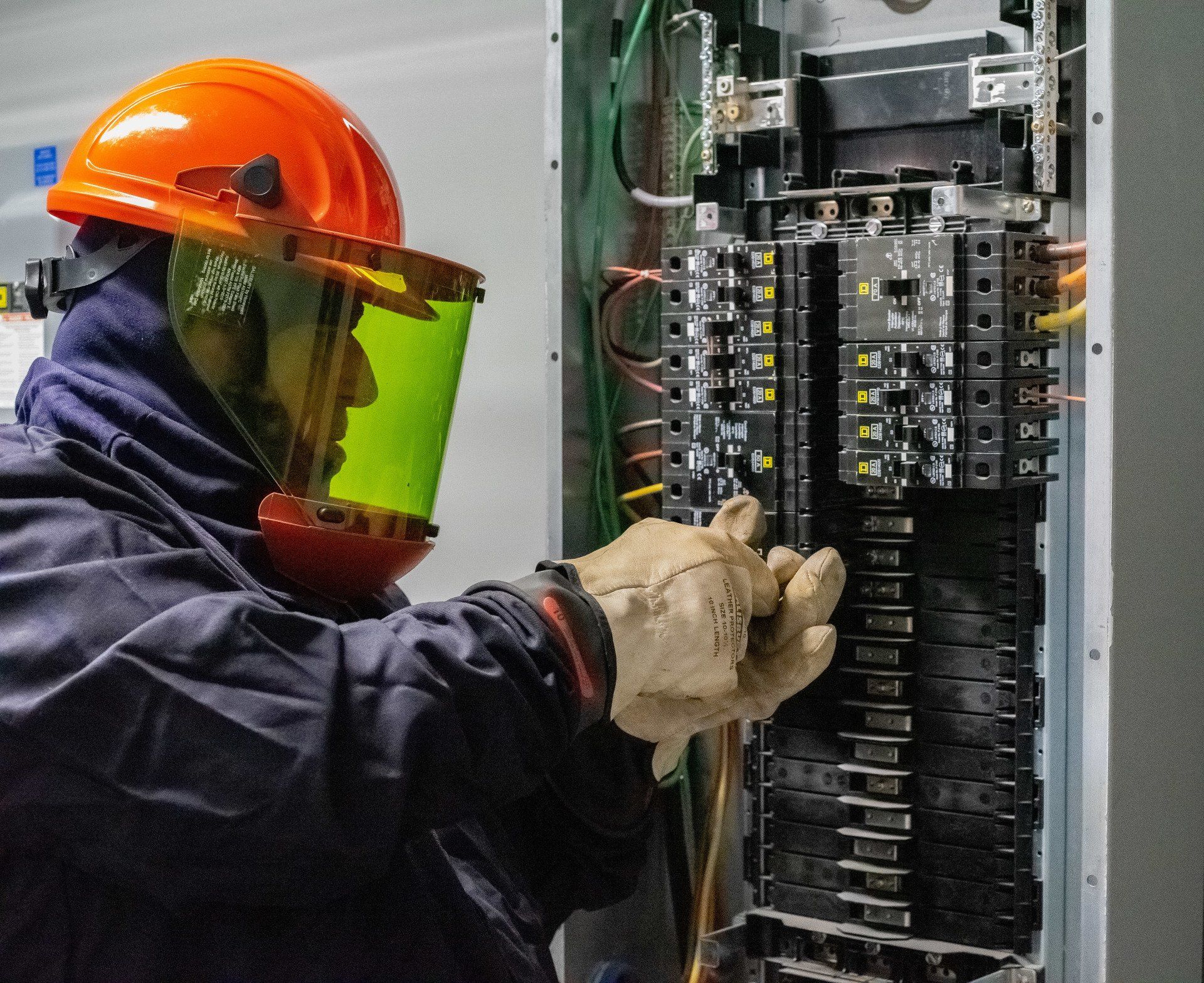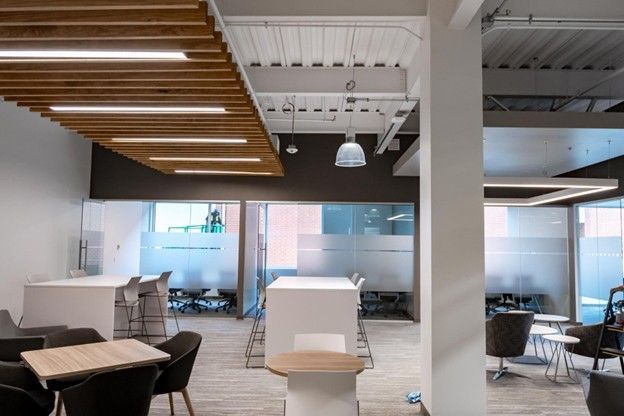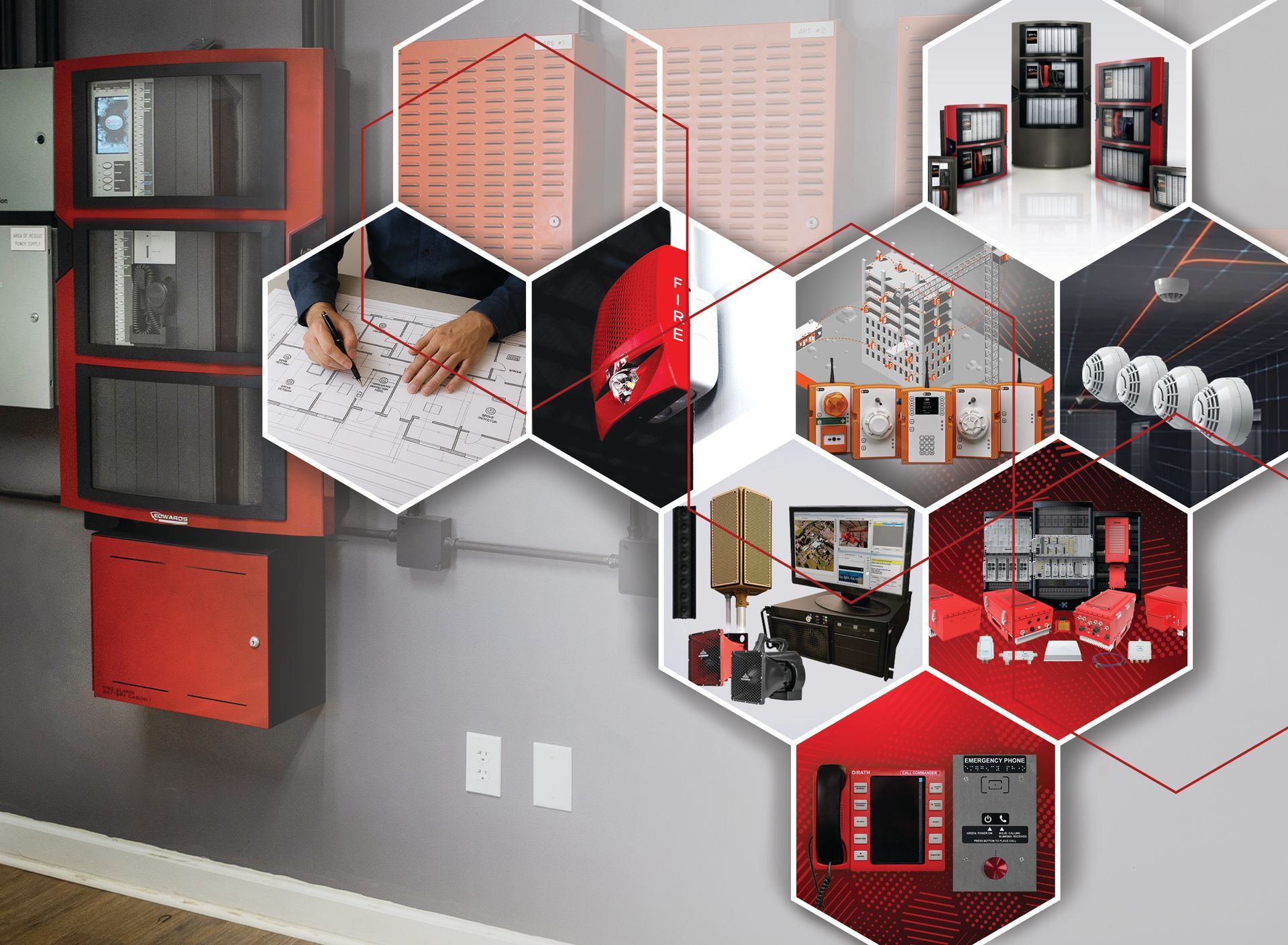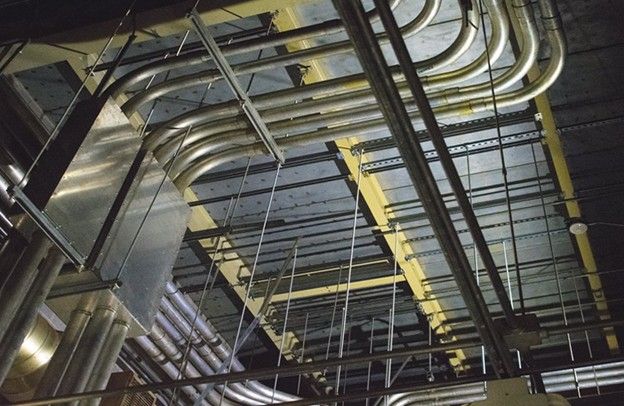Industrial Electric Design-Build: A Comprehensive Overview
In today’s fast-paced industrial construction landscape, clients demand smarter, faster, and more cost-effective solutions. One project delivery method rising in popularity across sectors like manufacturing, energy, and logistics is industrial electric design-build. This approach rethinks the traditional construction model by integrating electrical engineering and construction services into a single, unified workflow.
So, what exactly does industrial electric design-build involve, and why are more facility owners turning to it? This blog breaks down the process, its benefits, and how it's transforming the way industrial projects get built, from concept to commissioning.
Defining Industrial Electric Design-Build
At its core, Industrial Electric Design Build is a project delivery method where one contractor is responsible for both the electrical design and the construction of a project. This differs from the more segmented design-bid-build approach, where owners first hire a design team and then solicit bids from contractors after plans are finalized.
With design-build, there’s one contract and one point of accountability. For industrial facilities with large-scale power requirements, automation systems, and critical uptime considerations, this method helps streamline coordination and reduce costly delays.
According to the Design-Build Institute of America (DBIA), design-build now delivers nearly half of all U.S. construction projects, with proven advantages in speed and cost control. While it's common in general construction, applying it specifically to industrial electrical systems adds another layer of technical sophistication.
What Makes Industrial Electrical Projects Unique?
Industrial electrical systems are far more complex than those found in commercial or residential buildings. These systems must handle:
- High-voltage power distribution
- Motor control centers
- PLC and SCADA systems for automation
- Emergency power and backup generators
- Arc flash and grounding protection
- Compliance with OSHA and NFPA 70E standards
With so many interconnected systems and code requirements, coordination is critical. That’s where the design-build model shines.
How the Industrial Electric Design-Build Process Works
One of the biggest advantages of the design-build model is that projects can begin before the final design is fully complete. Thanks to close collaboration and real-time process integration between design, procurement, and construction teams, early work packages can be executed while detailed design is still being finalized. This phased, fast-tracked approach helps industrial clients meet aggressive schedules without compromising quality.
Here's how a typical industrial electric design build project unfolds:
1. Concept Development & Pre-Construction
The contractor works closely with the owner to understand the scope, power needs, and operational goals. This includes preliminary layouts, budgeting, and scheduling, before a single wire is installed.
2. Integrated Design & Engineering
Instead of passing plans from one team to another, engineers, electricians, and field teams collaborate from the outset. This integrated approach improves communication and ensures that systems are designed with constructability, operational efficiency, and long-term scalability in mind.
By incorporating process integration, the seamless alignment of electrical design with the facility’s broader mechanical, automation, and production systems, design-build teams can reduce redundancies, minimize downtime, and improve system reliability. This integration ensures that every component works together, not just in isolation but as part of a unified whole.
3. Procurement and Material Planning
With full visibility into both the design and field requirements, the contractor can order equipment, panels, and wire based on real-time lead times, helping clients avoid the supply chain delays that often plague industrial builds.
4. Construction and Installation
The build phase moves quickly, as field crews are already familiar with the design intent. On-site coordination becomes smoother, with fewer surprises or rework due to misaligned plans.
5. Testing, Commissioning, and Turnover
Systems are tested and verified according to industrial-grade standards. Whether it’s arc flash assessments, load testing, or controls tuning, everything is ready for day one operation.
Why More Facilities Choose Design-Build Electrical Contractors
Faster Project Timelines
By combining design and construction under one team, project timelines shrink significantly. According to the Federal Highway Administration (FHWA), design-build projects average 30% faster delivery times compared to design-bid-build models.
Cost Predictability
Since the design-build contractor handles both sides of the project, budget estimates are based on real-world knowledge, not assumptions. This alignment reduces change orders and scope creep.
Fewer Coordination Issues
When electrical designers and installers work under separate contracts, communication breakdowns are common. Design-build minimizes this by fostering collaboration from the first drawing to the last conduit.
Single Source Accountability
There’s no finger-pointing if a design doesn’t match site conditions. The same team that engineered the system is responsible for installing it correctly, which promotes ownership and higher-quality outcomes.
The Role of Safety and Code Compliance
Industrial environments carry significant safety risks. From arc flash hazards to explosion-proof classifications, each system must meet stringent codes. A design-build contractor with specialized electrical knowledge is better equipped to:
- Follow NFPA standards such as NFPA 70 and 70E
- Integrate safety from the earliest stages of design
- Conduct hazard assessments alongside layout planning
- Implement lockout/tagout-friendly designs
Because safety isn’t an afterthought, the entire system is built with operability and maintenance in mind.
Applications of Industrial Electric Design-Build
This model is particularly effective in:
- Manufacturing Facilities
Where uptime is everything, and systems must support automation, robotics, and heavy machinery. - Distribution & Logistics Hubs
Where advanced lighting, conveyor control, and real-time monitoring systems are mission-critical. - Food and Beverage
Where sanitary environments, process automation, and tightly integrated control systems are essential to maintain compliance, quality, and efficiency. - Process-Driven Operations
Where custom electrical solutions incorporate control, automation, and data systems to fully integrate with core production processes—enhancing performance, visibility, and adaptability.
What to Look for in an Industrial Electric Design-Build Contractor
Not all design-build firms are created equal. Look for a contractor who:
- Has a proven track record with industrial systems
- Employs both licensed engineers and certified electricians
- Understands industry-specific codes and compliance
- Offers in-house design and prefabrication capabilities
- Provides detailed estimates and clear communication throughout the project
At Recore Industrial Electric Contractors, we’ve built our reputation on exactly these qualities. Our team integrates electrical engineering and construction expertise under one roof, delivering tailored solutions for every project, on time and on budget.
Final Thoughts
As industries modernize and expand, they need more than just construction support, they need a partner who can navigate every phase of their power infrastructure. Industrial electric design-build offers that partnership model, streamlining projects while maintaining technical precision and safety.
For facility managers, engineers, and operations leaders, working with a qualified design-build contractor can reduce headaches, accelerate timelines, and lead to better long-term performance.
Want to discuss an upcoming project? Contact Recore Electrical Contractors today to learn how our design-build approach can support your industrial facility from the ground up.
